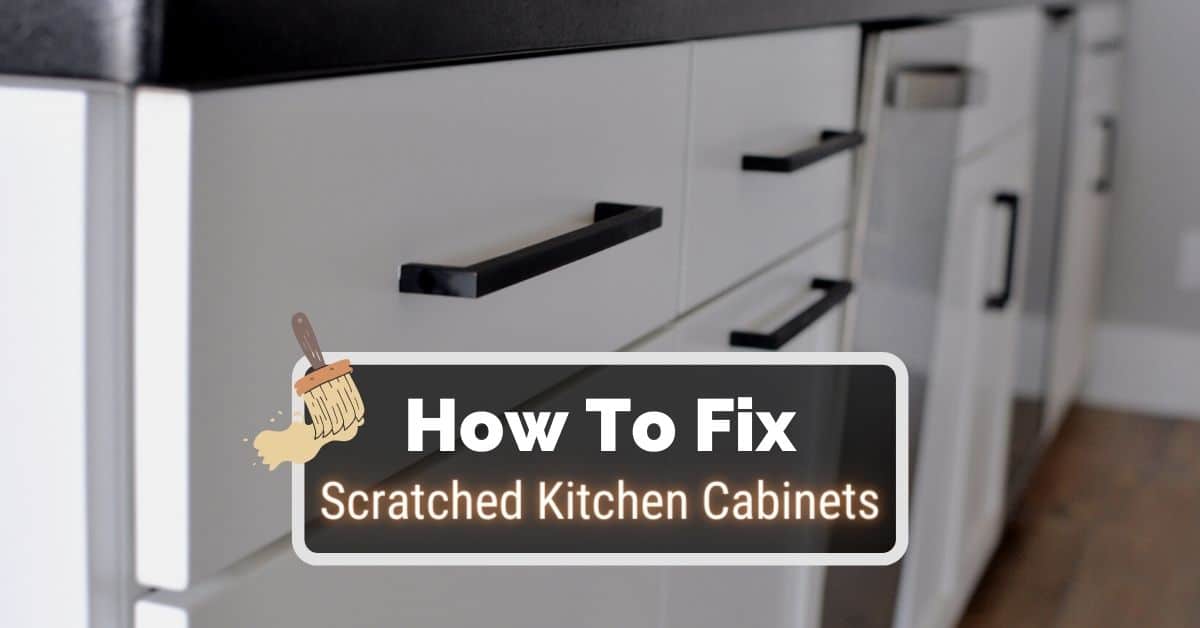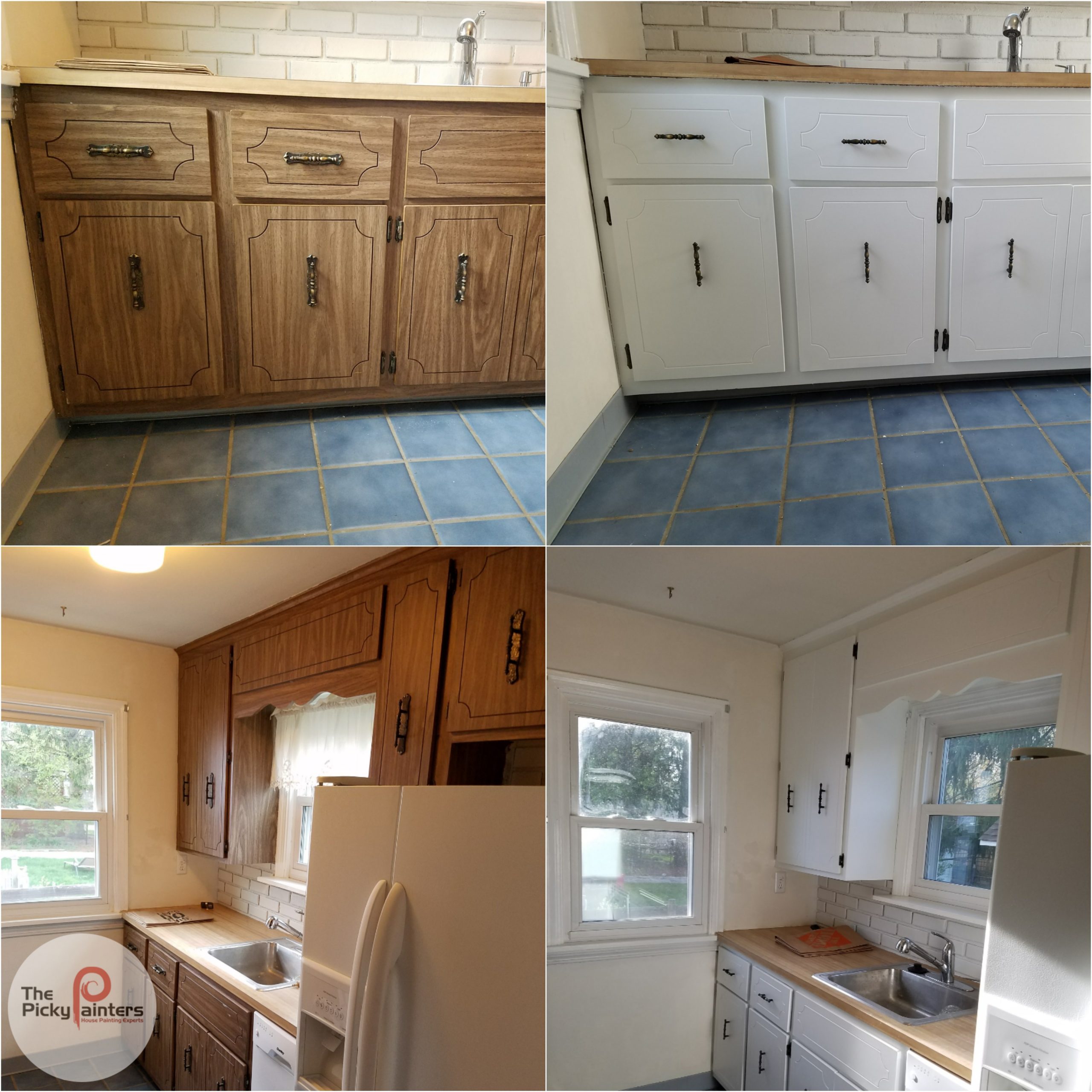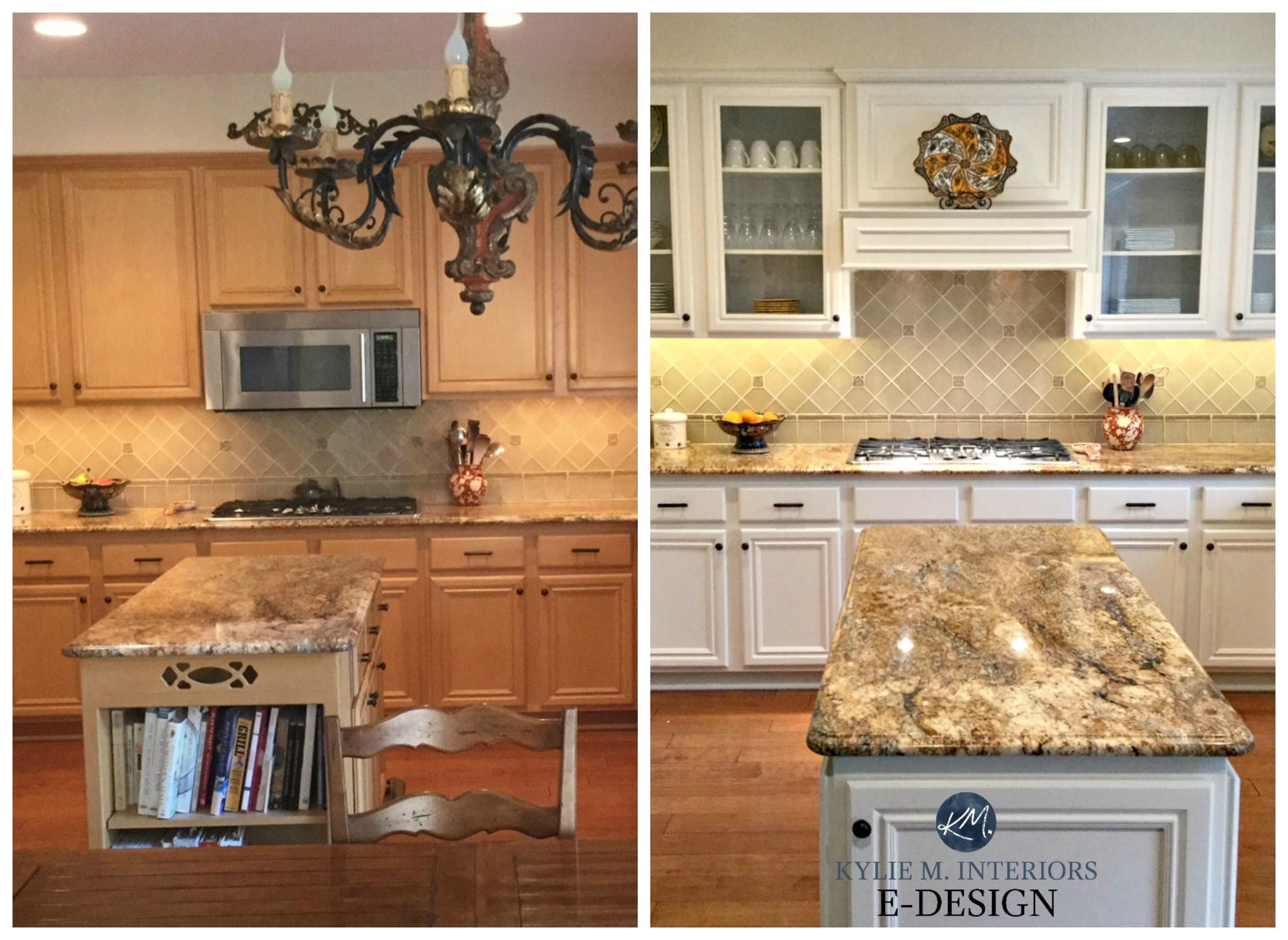Causes of Cabinet Paint Scratches: Cabinet Paint Scratches Easily

It’s like a cosmic joke, right? You spend all this time carefully choosing your dream kitchen cabinets, only to find that the paint scratches like a toddler with a crayon on a brand new wall. But fear not, dear reader, we’re about to dive into the mysterious world of cabinet paint scratches and uncover the culprits behind this kitchen crime.
Paint Properties
The type of paint used on your cabinets can be a major factor in its scratch resistance. Think of it like a game of armor: some paints are like chainmail, others are like flimsy paper. Here’s a quick breakdown:
- Acrylic Paint: This is a popular choice for cabinets because it’s easy to clean and comes in a wide range of colors. However, acrylic paint can be a bit softer than other options, making it more susceptible to scratches. It’s like the friendly neighborhood paint that’s easy to get along with but might not stand up to a good fight.
- Epoxy Paint: This is a tough cookie, offering excellent durability and scratch resistance. It’s like the knight in shining armor of the paint world, ready to protect your cabinets from even the most aggressive attacks. But remember, epoxy paint can be a bit more expensive than other options.
- Lacquer Paint: This is a high-gloss, durable paint that’s often used for furniture and cabinets. It’s known for its hard finish and ability to withstand scratches. Think of it as the elegant and refined paint, perfect for those who want a touch of luxury in their kitchen.
Cabinet Finishes
The finish you choose for your cabinets can also impact their scratch resistance. Here’s the deal:
- Matte Finish: This finish is known for its subtle sheen and ability to hide imperfections. But, it’s also a bit more delicate and can be prone to scratches. It’s like the stealthy ninja of the cabinet world, able to blend in but not exactly built for a brawl.
- Gloss Finish: This finish is shiny and reflective, offering a sleek and modern look. However, it’s also more susceptible to scratches than matte or satin finishes. Think of it as the flamboyant performer of the cabinet world, attracting attention but needing a bit more care.
- Satin Finish: This finish offers a balance between matte and gloss, providing a subtle sheen and moderate scratch resistance. It’s like the wise and balanced warrior of the cabinet world, offering a good compromise between durability and aesthetics.
Cabinet Construction
The materials used to build your cabinets can also play a role in their scratch resistance. Here’s a look at some common materials and their impact on scratch resistance:
- Plywood: This is a strong and durable material that’s often used for cabinet construction. It’s like the reliable workhorse of the cabinet world, providing a solid foundation for your kitchen. However, plywood can be susceptible to scratches if it’s not properly finished.
- Medium-Density Fiberboard (MDF): This is a less expensive alternative to plywood, but it’s not as durable. It’s like the eager intern of the cabinet world, offering affordability but needing a bit more supervision. MDF can be prone to scratches, especially if it’s not properly sealed.
- Solid Wood: This is the most durable and scratch-resistant material for cabinet construction. It’s like the seasoned veteran of the cabinet world, offering timeless beauty and resilience. However, solid wood can be more expensive than other options.
Environmental Factors
Even the environment can have a say in how your cabinet paint holds up. Here’s how:
- Humidity: High humidity can cause paint to soften and become more susceptible to scratches. It’s like the humid weather that makes your hair frizz, but for your cabinet paint.
- Temperature: Extreme temperatures can also affect paint durability. It’s like the scorching sun that can fade your clothes, but for your cabinet paint.
Preventing Cabinet Paint Scratches

You’ve finally finished painting your cabinets, and they look amazing! Now, the real challenge begins: keeping them scratch-free. It’s like a high-stakes game of “Don’t Scratch the Paint,” and you’re the player. But don’t worry, we’ve got some tips to help you win this game and keep your cabinets looking their best.
Preventing Scratches During Everyday Use, Cabinet paint scratches easily
Preventing scratches on your painted cabinets is like protecting a prized possession – it requires a bit of care and attention. The key is to be mindful of potential hazards and implement some simple strategies.
- Handle with Care: Remember, your cabinets are not indestructible. Avoid banging doors, slamming drawers, and using them as makeshift ladders. Treat them with the respect they deserve, and they’ll reward you with a pristine finish.
- Protect from Sharp Objects: Keep sharp objects away from your cabinets. Knives, utensils, and even jewelry can leave unsightly scratches. Consider using pot holders or mats to protect surfaces from accidental contact.
- Avoid Harsh Cleaning: Scrubbing with abrasive cleaners or scouring pads can be disastrous. Gentle cleaning methods and soft cloths are your best bet to keep your cabinets looking their best. We’ll discuss this in more detail later.
Cleaning Cabinets Without Causing Scratches
Cleaning your cabinets is essential, but it can be a delicate dance. You want to remove dirt and grime without leaving scratches in their wake.
- Use a Soft Cloth: A microfiber cloth is your best friend for cleaning painted cabinets. It’s gentle enough to lift dirt and grime without scratching the surface. Avoid using abrasive sponges or scouring pads.
- Mild Cleaning Solution: A simple mixture of warm water and dish soap is usually sufficient for cleaning painted cabinets. Avoid using harsh chemicals or abrasive cleaners, as these can damage the paint.
- Avoid Excess Moisture: Too much moisture can seep under the paint and cause damage. Always wipe surfaces dry after cleaning, especially around seams and edges.
Protecting Cabinets with Wax or Sealant
Adding a layer of protection to your painted cabinets is like giving them a force field. A wax or sealant creates a barrier that resists scratches and helps keep the paint looking fresh.
“A good wax or sealant is like a superhero for your cabinet paint. It deflects scratches, repels dirt, and keeps your cabinets looking shiny and new.”
- Wax Application: Apply a thin layer of wax to the entire surface of the cabinet using a soft cloth. Let it dry completely before buffing it to a shine. Wax offers a temporary layer of protection, so you’ll need to reapply it every few months.
- Sealant Application: A sealant creates a more durable barrier than wax. Apply it with a brush or roller, following the manufacturer’s instructions. Sealant can be applied directly to the painted surface or over a layer of wax for added protection.
Choosing the Right Paint and Application Methods
Selecting the right paint and application methods is crucial for creating a durable finish that can withstand the test of time.
- High-Quality Paint: Invest in a high-quality paint specifically designed for cabinets. Look for paints that are durable, scratch-resistant, and easy to clean.
- Proper Preparation: Before painting, ensure the cabinets are properly prepared. This involves sanding, cleaning, and priming to create a smooth surface for the paint to adhere to.
- Thin Coats: Apply thin, even coats of paint. Too much paint can lead to cracking and peeling, making the surface more susceptible to scratches.
Selecting Cabinet Hardware that Minimizes Scratches
Cabinet hardware, like handles and knobs, can be a source of scratches if not chosen wisely.
- Smooth Surfaces: Opt for hardware with smooth surfaces, avoiding sharp edges or protrusions that can catch on clothing or other objects.
- Durable Materials: Select hardware made from durable materials like metal or ceramic, which are less prone to scratches and wear.
- Proper Installation: Ensure hardware is securely installed to prevent it from loosening and causing scratches.
Repairing Cabinet Paint Scratches

Don’t let those pesky scratches on your cabinet paint turn your kitchen into a war zone! Fear not, fellow homeowner, because with a little patience and the right tools, you can conquer those scratches and restore your cabinets to their former glory.
Touch-Up Paint
Touch-up paint is your go-to weapon for minor scratches. It’s like a magic potion that blends seamlessly into the existing paint, making the scratch disappear. To achieve a flawless finish, follow these steps:
- Clean the scratch: Before you start painting, make sure the scratch is clean and free of any debris. A damp cloth with mild soap will do the trick.
- Apply the paint: Use a small brush or toothpick to carefully apply the touch-up paint to the scratch. Make sure to match the paint color to your cabinets as closely as possible.
- Let it dry: Allow the paint to dry completely before moving on to the next step. Patience is key here, so don’t rush the process!
- Blend the edges: Once the paint is dry, use a soft cloth to gently blend the edges of the touch-up paint into the surrounding area. This will help to create a smooth, seamless finish.
Sanding and Refinishing
For deeper scratches, a more aggressive approach is required. Sanding and refinishing can help to smooth out the scratch and create a uniform surface.
- Start with fine-grit sandpaper: Begin by sanding the scratch with fine-grit sandpaper (around 220-grit). This will help to remove any rough edges and smooth out the surface.
- Use a sanding block: A sanding block will help you to maintain a consistent pressure and avoid sanding too deeply into the surrounding area.
- Apply a primer: Once the scratch is sanded, apply a primer to the area. This will help to create a smooth surface for the paint to adhere to.
- Repaint the area: After the primer has dried, carefully repaint the area with matching paint. You can use a brush or a roller for this step, depending on the size of the area.
Specialized Scratch Repair Products
For those who prefer a more hands-off approach, specialized scratch repair products are available. These products are designed to fill in scratches and restore the paint’s original color.
- Touch-up pens: These pens contain a special formula that fills in scratches and blends seamlessly with the existing paint. They’re perfect for quick and easy repairs.
- Scratch repair kits: These kits contain everything you need to repair scratches, including a filler, a sanding pad, and a matching paint. They’re a good option for more serious scratches.
Comparing Repair Techniques
Here’s a table comparing the effectiveness of various repair techniques based on scratch severity:
| Scratch Severity | Touch-Up Paint | Sanding and Refinishing | Specialized Scratch Repair Products | Minor | Excellent | Not necessary | Excellent | Moderate | Good | Good | Good | Severe | Not effective | Excellent | Good |
|---|
Cabinet paint scratches easily – Ugh, you know what’s annoying? When your file cabinet paint scratches so easily, it looks like a battlefield of paper cuts. Seriously, just the slightest bump and it’s like “boom!” there’s another mark. If you’re looking for a more forgiving paint, check out painting a file cabinet with chalk paint.
It’s supposed to be super durable and hides imperfections like a pro. No more war scars on your filing system, baby!
You know what’s worse than your cabinet paint scratching easily? Finding a wet patch on your bedroom ceiling! It’s like the universe is conspiring to make your life a living hell. If you’re facing this soggy situation, check out this guide for some DIY solutions.
But hey, at least your scratched cabinet paint isn’t dripping water, right? Maybe we should just focus on the positives…
